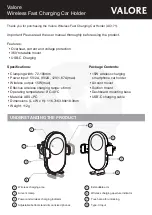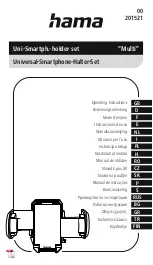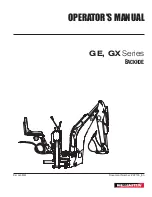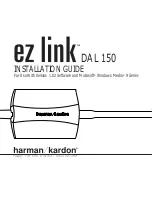
Flow monitoring
Immersion sensor without integrated processor
FCS-G1/2A4-NAEX/D100
Edition
•
2016-06-25T23:43:52+02:00
1 / 2
Hans Turck GmbH & Co.KG
ñ
D-45472 Mülheim an der Ruhr
ñ
Witzlebenstraße 7
ñ
Tel. 0208 4952-0
ñ
Fax 0208 4952-264
ñ
more@turck.com
ñ
www.turck.com
Type code
FCS-G1/2A4-NAEX/D100
Ident no.
6870321
Mounting conditions
insertion style sensor
Water Operating Range
1…100cm/s
Oil Operating Range
3…200 cm/s
Stand-by time
typ. 8 s (2…15 s)
Switch-on time
typ. 2 s (1…13 s)
Switch-off time
typ. 2 s (1…15 s)
Temperature jump, response time
max. 12 s
Temperature gradient
ð
250 K/min
Medium temperature
10…120 °C
Device designation
É
II 2 G EEx ib IIC T6
ignition protection category
Ex ib IIC
PowerP
i
ð
0.69 W
Internal inductances/capacitances
negligibly small
Ex approval acc. to conformity certificate
TÜV 99 ATEX 1518
Protection class
IP68
Housing material
Stainless steel, V4A (1.4571)
Sensor material
stainless steel, AISI 316Ti
Max. tightening torque housing nut
30 Nm
Connection
PTFE cable
Cable length
2 m
Cable cross section
4 x 0.25 mm
2
Pressure resistance
60 bar
Process connection
G ½″
■
ATEX category II 2 G, Ex Zone 1
■
Ex flow sensor for liquid media
■
Calorimetric principle
■
Adjustment via signal processor
■
Status displayed via signal processor
■
Extended temperature range
■
Media tempe10…120 °C
■
Temperature range 10…120 °C
■
EEx ib IIC T6 (use in zone 1)
■
4-wire connection to EX0 processor
■
Cable device
Wiring Diagram
Functional principle
Our insertion - flow sensors operate on the
principle of thermodynamics. The measur-
ing probe is heated by several °C as against
the flow medium. When fluid moves along the
probe, the heat generated in the probe is dis-
sipated. The resulting temperature is mea-
sured and compared to the medium tempera-
ture. The flow status of every medium can be
derived from the evaluated temperature differ-
ence. Thus TURCK's wear-free flow sensors
reliably monitor the flow of gaseous and liquid
media.



















